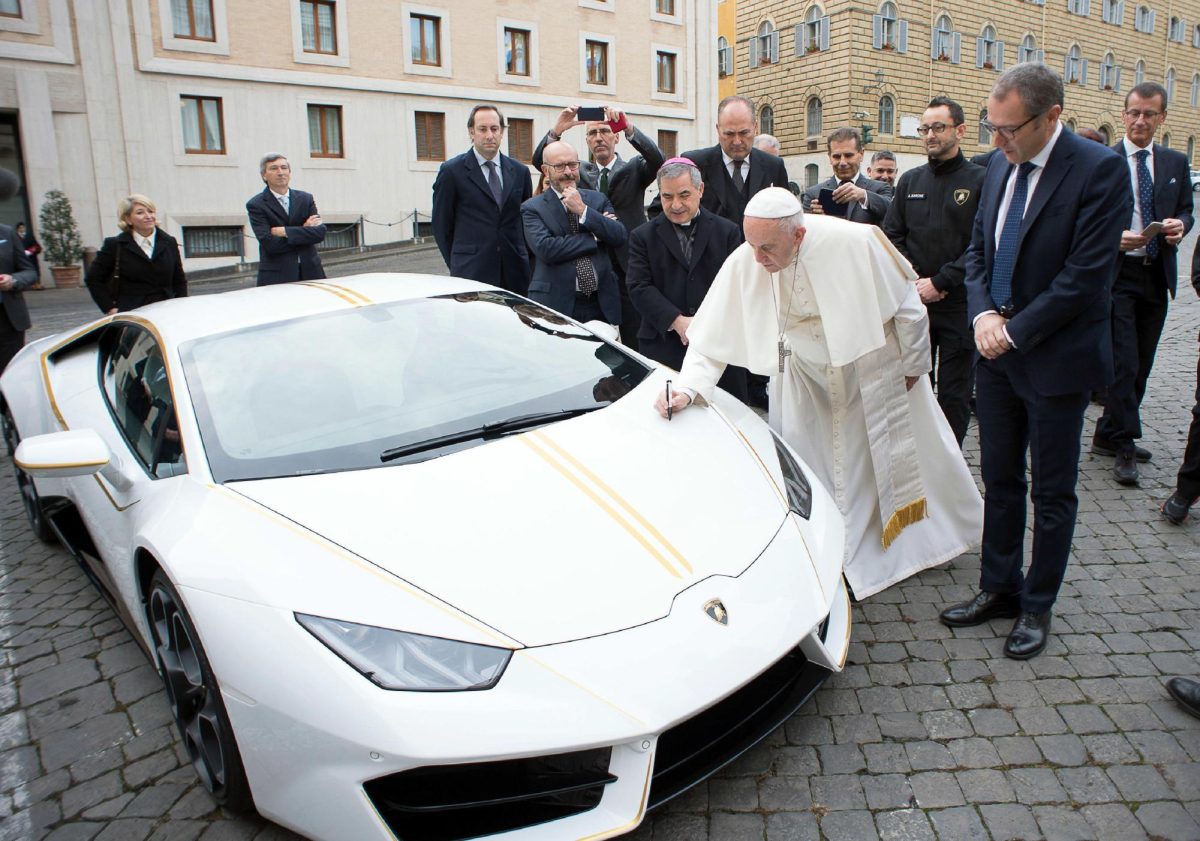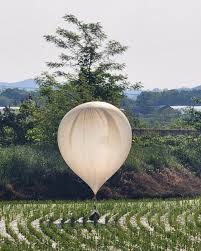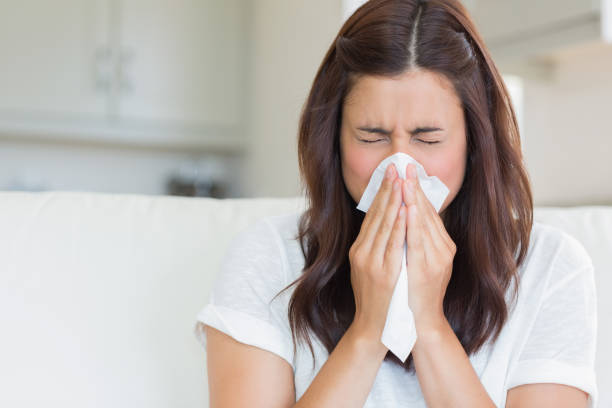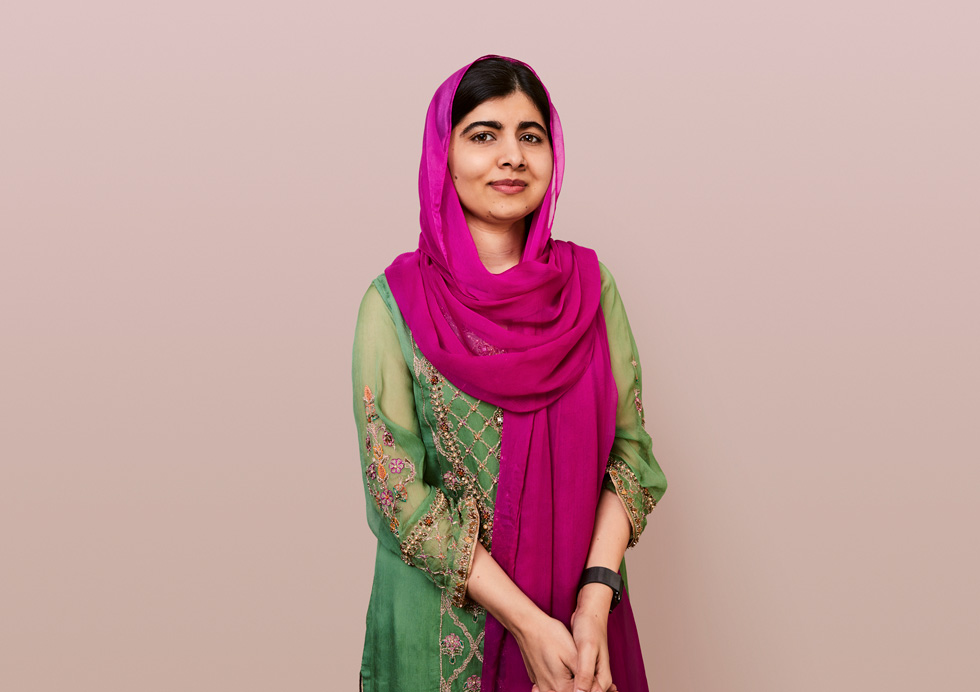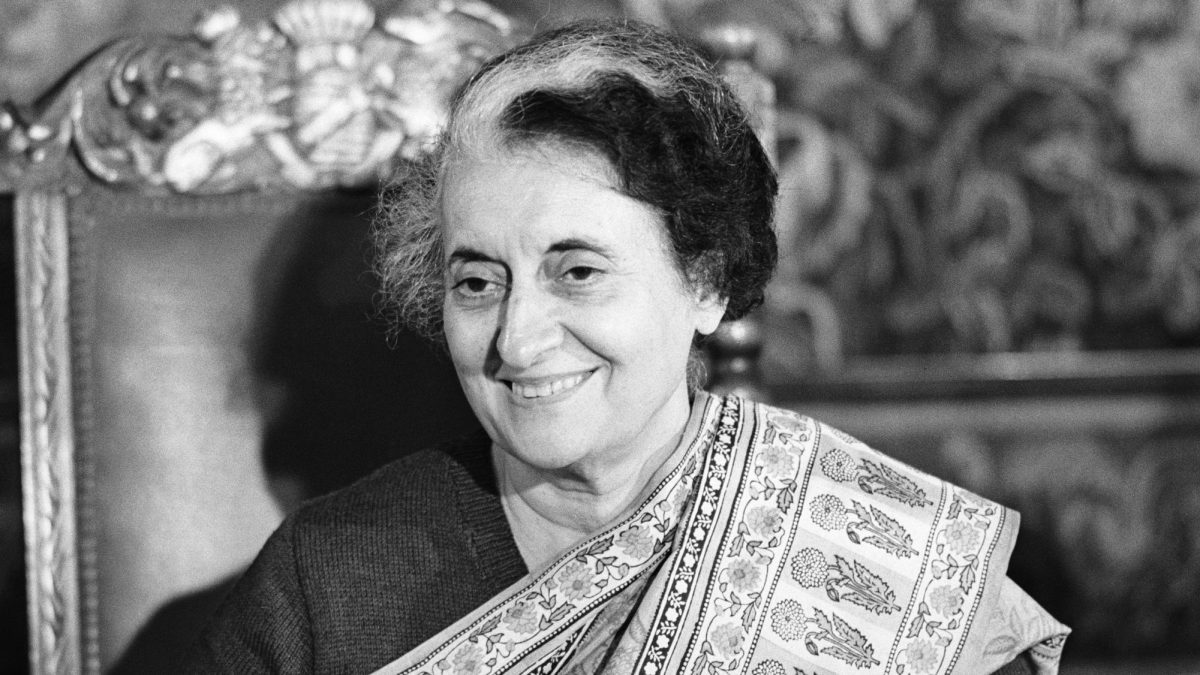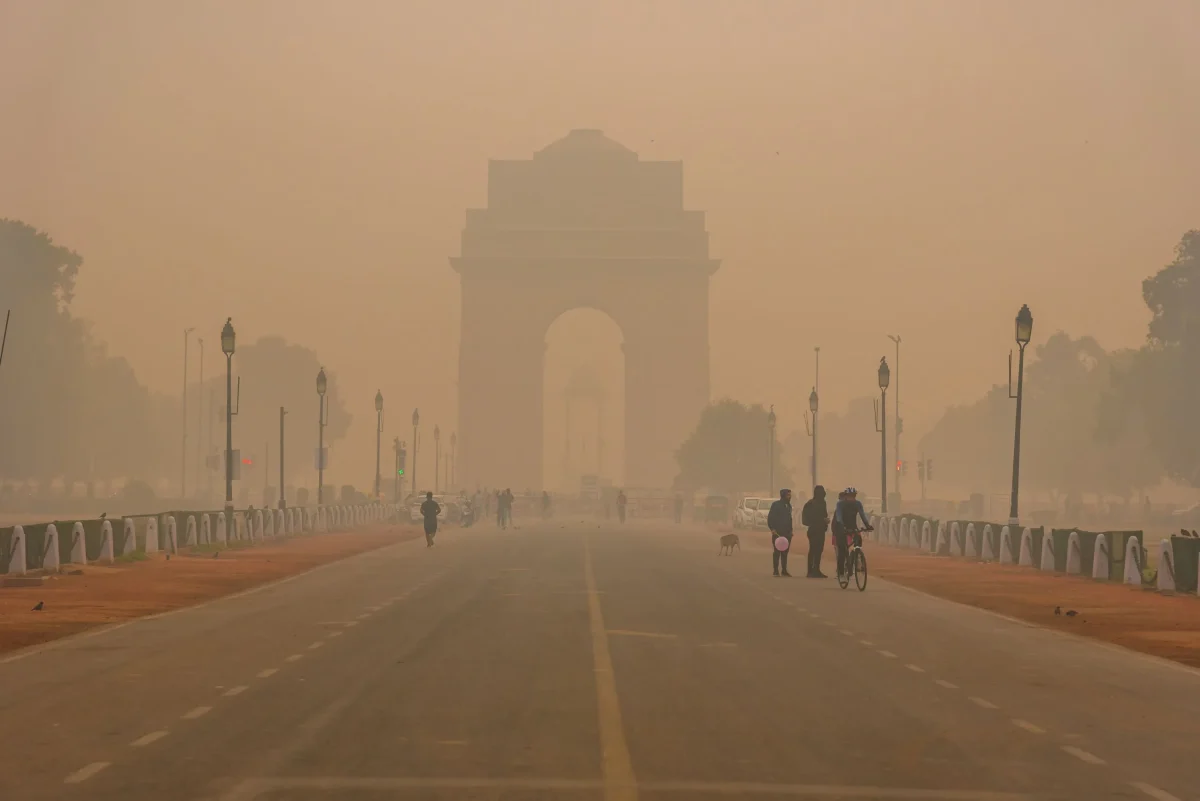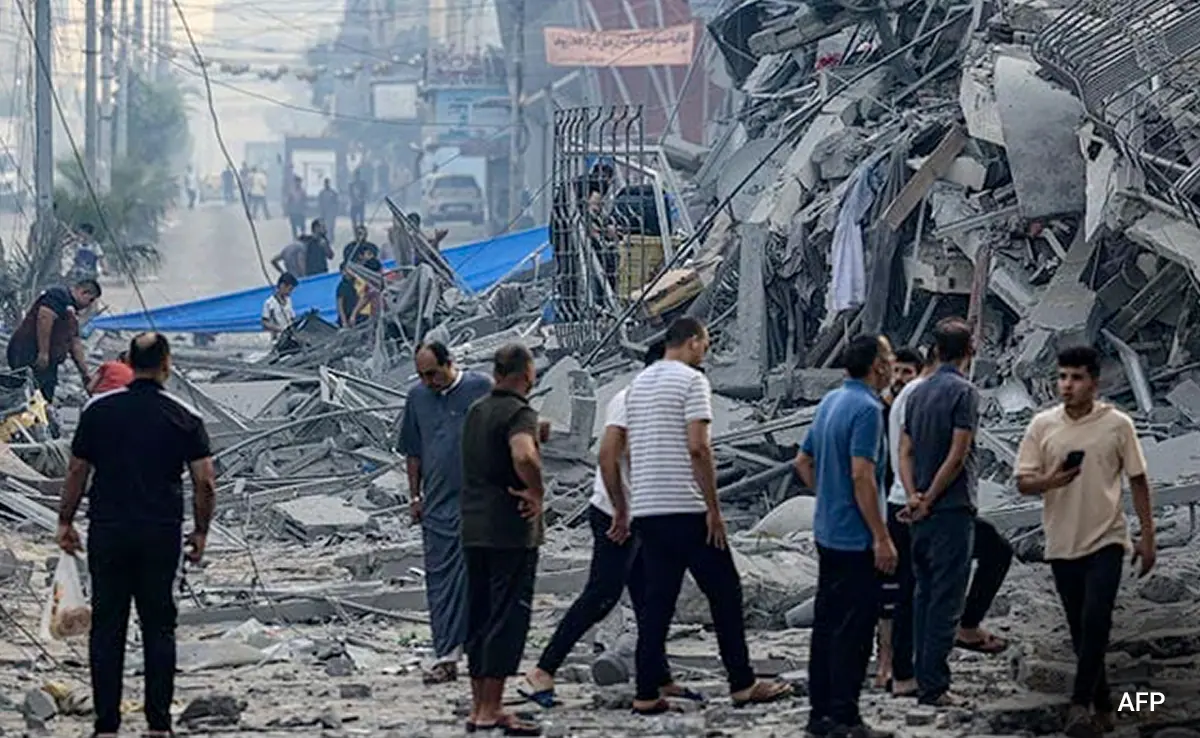India is also the third most polluted country, after its neighbors Bangladesh and Pakistan. IQAir has also said that India’s air quality has worsened much since 2022 when it used to be the 8th most polluted country. According to experts, India’s rapid industrialization and poor enforcement of environmental laws contribute to this. While India has seen much development over the past few decades, factories do not follow pollution-control laws, likely due to weak industrial regulation.
IQAir said that India’s mean level of PM2.5 – fine particles that can clog lungs and be a cause for many diseases – was 54.4µg (micrograms) per cubic meter. However, Delhi’s air quality is much worse than India’s average, measuring 92.7µg of PM2.5 per cubic meter, almost twice as bad. Air that has 12 to 15µg per cubic meter of PM2.5 is considered safe to breathe, while anything above 35µg is unhealthy.

While Delhi’s air is bad year-round, it gets particularly toxic during the winter months. This is due to various factors, such as the burning of crops by farmers from nearby states such as Punjab or Haryana, emissions from vehicles and factories, low wind speeds, and the popping of firecrackers during festivals. The government was even forced to shut down schools and colleges for days last year because of how unhealthy the air was. Meanwhile, west of Delhi, the cities of Beguserai in Bihar and Guwahati in Assam are ranked as the two most polluted cities in the world.
Only 7 countries met the WHO’s (World Health Organization) annual guideline for safe levels of PM2.5, which is an average of 5µg per cubic meter or less. These countries include Australia, Estonia, Finland, Grenada, Iceland, Mauritius, and New Zealand.
